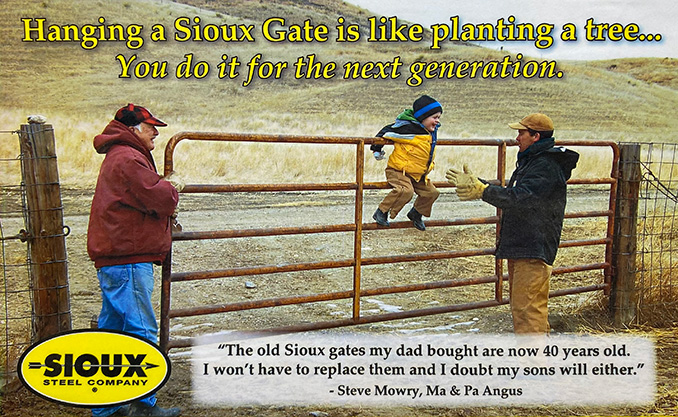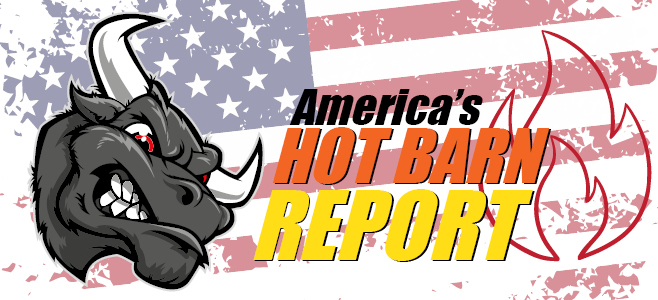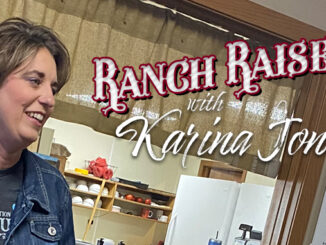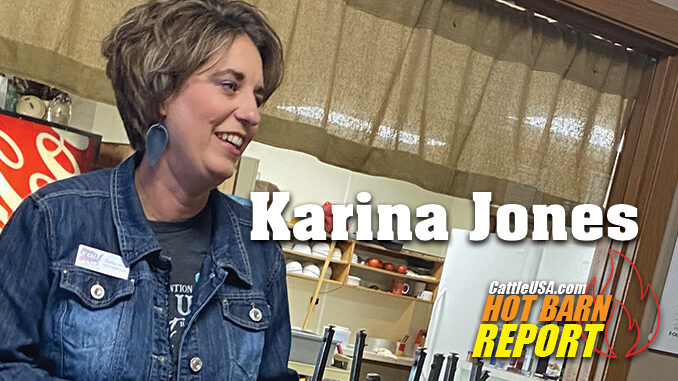
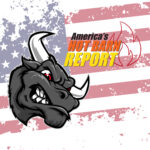
THEE Hot Barn Report!
Heard ONLY on American radio stations across the nation and online at hotbarnreport.com!!
Welcome to America’s Hot Barn Report now heard coast to coast and border to border
It is official, we have just confirmed our 12th reporting barn for the big fall run. We now blanket the great Northern beef belt from Motely, Minnesota to Torrington, Wyoming.
The Hot Barn Report is a fast paced and entertaining daily program covering the latest news and trends in the cattle industry, hosted by Monte James, a veteran rodeo announcer, radio host and industry expert! The Hot Barn Report features interviews with industry leaders, market analysts, producers and ranchers and features True Price Discovery from salebarns in Great Northern Beef Belt and across the nation.
Let’s take a bird’s eye view of what is going on in the cattle industry today. Thanks for tuning in to this special Friday edition of the Hot Barn Report.
These cattle markets are exciting and certainly stealing the stage! But behind the curtain, there is still a lot churning and a story of tighter supplies, lower disappearance, and decreased exports that needs to be told.
According to some of the most current USDA reports, “Per capita red meat and poultry disappearance—often used as a proxy for consumption—is forecast to fall 1 percent in 2024. This is mainly the result of an 8-percent decline in per capita disappearance of beef. The main component of disappearance is domestic production, though net trade and stocks are also factors in disappearance. Beef production is forecast to decrease more than 8 percent as U.S. cattle supplies tighten.”
Higher expected fed cattle marketings and cow and bull slaughter, as well as higher expected carcass weights in the second and third quarters, raise the outlook for 2023 beef production from last month by 165 million pounds to 27.1 billion pounds.
With generally improving pastures and lower expected feed costs this year, the demand for feeder calves is well supported. This demand is likely reflected in higher year-over-year cumulative feeder and stocker receipts in April and May published by the USDA. This growth in receipts comes despite the smaller year-over-year supply of cattle and calves on April 1 that were available for placement in feedlots or within stocker operations. As supplies of cattle available for placement were 18.8 million head— down 465,000 head, or 2.4 percent, from last year.
Based on the Cattle on Feed report, published by USDA, feedlot net placements2 in April were 4 percent lower year over year at 1.697 million head.
Beef exports in April were 12 percent lower year over year and just 1 percent higher than the 5-year average. U.S. year-to-date exports to nearly every major country are down except Mexico. Although down 11 percent year over year, South Korea has moved up to the top export destination for U.S. beef so far this year, while Japan remains a close second. Year-to-date exports to China are down 13 percent year over year but up 29 percent from the same period in 2021.
Beef imports in April less than 1 percent higher year over year. Higher imports from Australia and New Zealand offset lower shipments from Mexico, Brazil, and Canada. Imports from Australia were nearly 44 million pounds for April, the largest shipment since November 2020. Year-to-date imports from Australia are up 19 percent year over year, increasing its share by 2 percentage points over this time last year.
Let’s hear it for these hot barns that power this program and are ready to serve your cattle marketing needs! Stockmens Livestock, Lemmon Livestock, North Platte Stockyards, St. Onge/Newell, Platte Livestock Market, Tri County Stockyards, Torrington Livestock, Creighton Livestock Market, Bassett Livestock Auction, Mobridge Livestock, Ogallala Livestock Auction Market, and Presho Livestock. Catch them all on CattleUSA.com.

FEATURED EVENTS
[tribe_events_list category=”HBR Featured” events_per_page=”12″]
[tribe_this_week]
NOW AIRING ON AgriAmerica M-F 8:20AM
